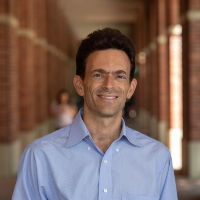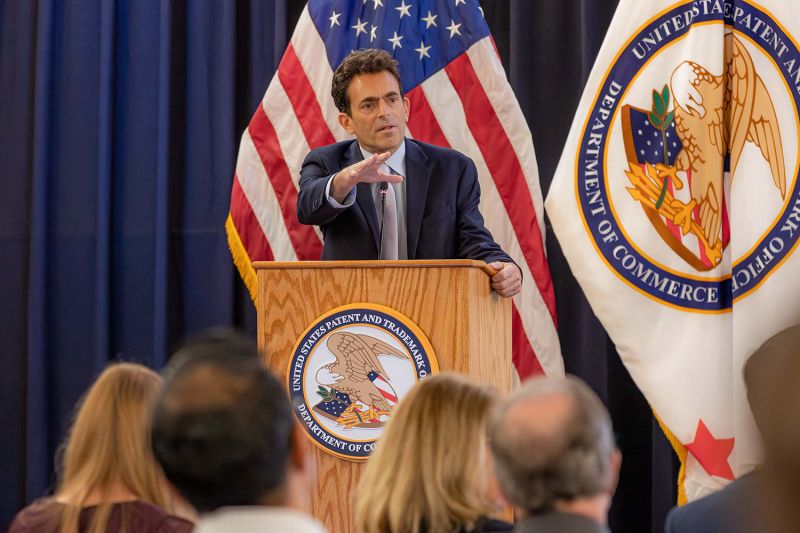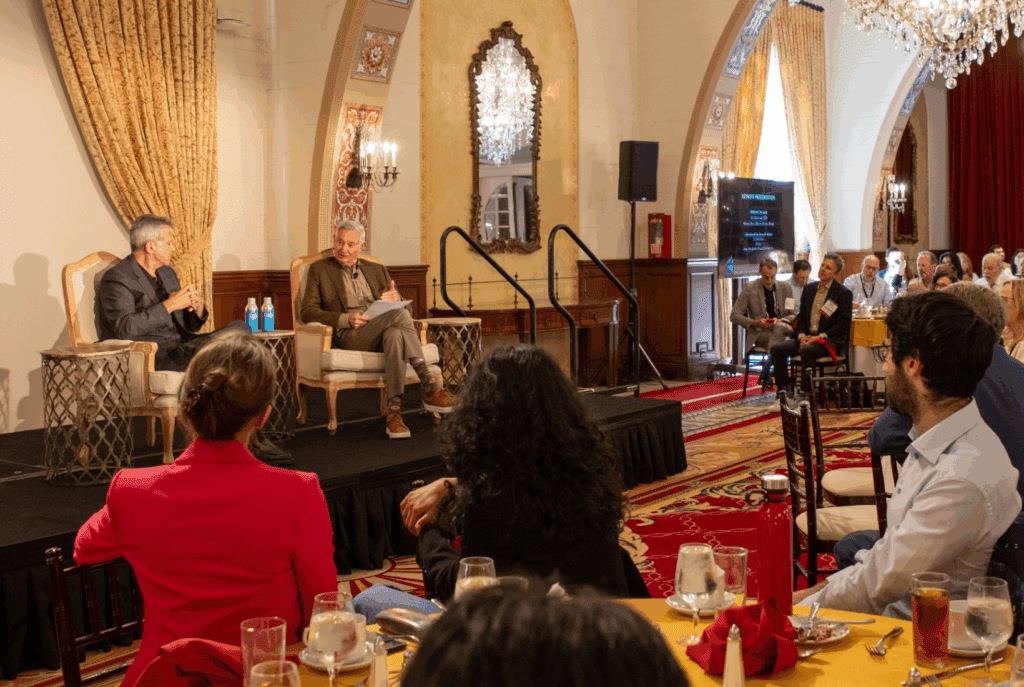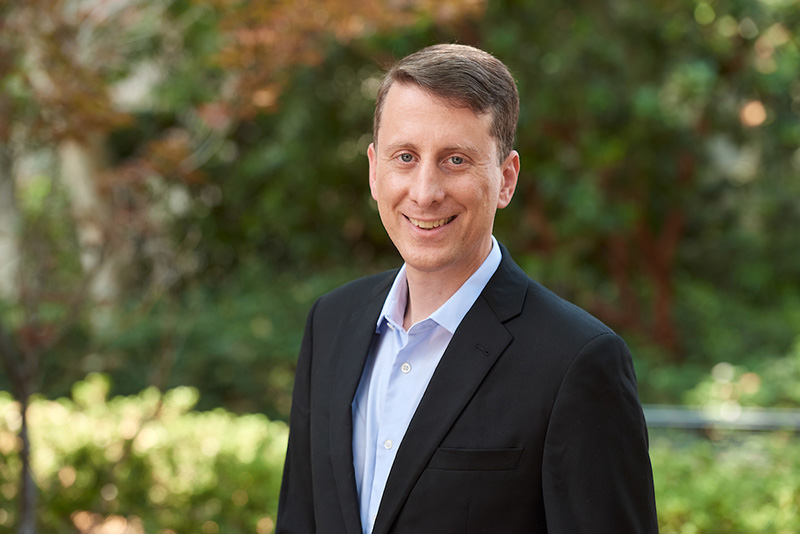USC Gould’s Media, Entertainment & Technology (MET) program adds new ‘Legal Tech’ courses that integrate technology into the practice of law
By Greg Hardesty
.jpg) |
| USC Gould's MET program adds two new courses: Legal Technology and Computer Science for Lawyers. |
As part of its continuous goal to expose students to technology used in actual legal practice, USC Gould’s Media, Entertainment & Technology (MET) program has added two new courses giving first-hand experience with leading-edge tools that increase efficiency.
Legal Technology, an interactive course taught by Beverly Rich (JD 2010), a PhD candidate in strategy at USC Marshall, introduces students to software that is being deployed by law firms for tasks such as discovery in litigation and due diligence in mergers and acquisitions.
A second class, Computer Science for Lawyers, debuting in fall 2020, familiarizes students with concepts and principles related to computer science, critical to litigating intellectual property cases and becoming more important in other legal arenas as well.
“We’re always adjusting, tweaking, and modifying our curriculum to keep current,” says Prof. Jonathan Barnett, director of MET. “One of the things we’ve observed is that lawyers are increasingly using technological tools to make their practices more efficient and more accurate.
“These new courses are in line with the MET program’s mission of teaching ‘lawyering’ rather than just teaching law in the abstract, with an emphasis on teaching skills in the context of actual scenarios that tend to arise in legal practice,” he says.
Second-year law student Jesse Wang, one of 22 students enrolled in Legal Technology, says the course is unlike any other he’s had at USC Gould.
“As the technology rapidly evolves and advances, I think it’s so important for law schools and future attorneys to keep up and stay up to date with these changes,” Wang says. “I’m really excited to brainstorm ideas with my classmates, applying all of the knowledge I’ve gained from Professor Rich’s lectures and guest speakers.”
A few years ago, MET created a sub-program on technology and entrepreneurship to respond to developments in the business world.
“We’ve been teaching students how to contribute on transactional and dispute-resolution matters for big tech firms like Google and small Silicon Beach startups,” Barnett says. “Now we’re looking at how lawyers themselves are incorporating technology into their own practices.”
Using legal technology to streamline legal practice
The Legal Technology workshop-style course provides students with the opportunity to use and apply several software tools that can make legal practice more productive and efficient.
Consider e-discovery software. A key part of litigation is the discovery stage, in which each party gets access to certain documents that are held by the other party. The volume of documents can be enormous, especially in the age of email. Students learn how software tools like e-discovery can enable this task to be completed more effectively and accurately.
.jpg) |
| Jonathan Barnett, director of MET, says new courses are designed to teach ‘lawyering’ rather than to teach law in the abstract. |
“What e-discovery software does is digitize everything, allowing lawyers to search through large volumes of documents efficiently,” Barnett explains.
Students also learn e-diligence, a tool used by corporate attorneys who must review a large volume of documents in the “due diligence” phase of purchasing a company. Like e-discovery, e-diligence software can accelerate and improve the accuracy of the document review process.
Students are also learning a third technology involving semi-automated forms of contracting software that generate templates for certain types of transactions, which attorneys can then customize. This tool combines the efficiencies of automation with a business lawyer’s critical judgment and real-world expertise.
Rich says her course addresses the American Bar Association’s model rules to promote technological competence, and states’ adoption of professional conduct rules or guidelines that acknowledge a lawyer’s duty to be competent in technology.
“Future attorneys will need to understand and critically analyze how they can leverage technology to provide the best possible service to their clients,” she says.
Computer concepts critical for practicing law
Computer Science for Lawyers, taught by USC Viterbi School of Engineering PhD alumnus Ali Khosh, meets a growing need for expertise in computer science within the legal profession. Computer science concepts often stand at the heart of high-stakes IP litigations and are increasingly penetrating other areas of legal practice, Barnett says.
“Students who are looking to start careers as IP litigators will benefit greatly from this class,” Barnett says. “It will allow them to conduct depositions more effectively and translate technical concepts more effectively to a judge and jury.”
Khosh is vice president of Emerging Technology & Due Diligence at Quandary Peak Research. Khosh said in recent years, software issues have been at the center of various litigation matters that at first glance don’t appear to be related, like air mattresses and farming equipment, and personal injury cases caused by embedded devices in items such as rentable scooters – the so-called “Internet of Things.”
Other software-related litigation matters, Khosh says, include civil rights cases that allege discriminatory or biased artificial intelligence and machine learning algorithms; class actions related to mass collection and use of personal data and data breaches; antitrust cases in business domains far removed from software, like residential property management; and criminal cases that include evidence from cell phones and social media.
“The material discussed in this course is relevant to almost any practice of law,” Khosh says.

















